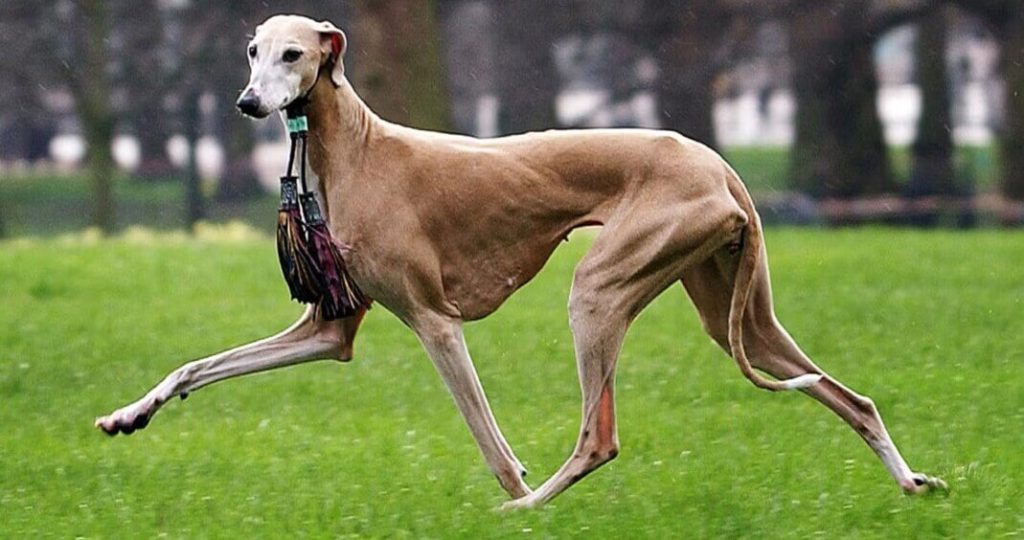🐾 Labrador Retriever – The Ultimate Family Dog
🐶 Introduction to the Labrador Retriever
The Labrador Retriever is one of the most beloved dog breeds in the world. Known for its friendly personality and intelligence, this breed makes a perfect family pet, service dog, and loyal companion. Whether in homes, on farms, or working with rescue teams, Labradors are versatile and full of charm. Their adaptability and good nature have made them a favorite across continents.
🧬 History and Origin
The Labrador Retriever originates from Newfoundland, Canada. It was initially bred to help fishermen retrieve nets and fish from cold waters. Later, the breed was brought to England, where it was refined and gained recognition as a working and companion dog. The Labrador’s name comes from the Labrador Sea.
💡 Physical Appearance
Labradors are medium to large-sized dogs. They have a strong build, a broad head, and kind eyes. Their coat is short, water-resistant, and comes in three colors: black, yellow, and chocolate. A strong tail, known as an “otter tail,” helps them swim efficiently.
🧠 Temperament and Personality
Labradors are known for their gentle, patient, and friendly nature. They are incredibly affectionate, making them ideal for children and other pets. Labs are also intelligent and eager to please, which makes them easy to train. They thrive in social settings and love being part of family life.
🎓 Training and Intelligence
The Labrador Retriever ranks among the most intelligent dog breeds. They learn commands quickly and respond well to positive reinforcement. Because of their high intelligence, Labradors are often used in guide dog programs, therapy, search and rescue, and detection work. Early socialization and consistent training are key to a well-behaved Labrador.
🏃♂️ Exercise and Activity Needs
Labs are energetic dogs that require regular physical activity. Daily walks, runs, and playtime are essential to keep them healthy and happy. They enjoy games like fetch, swimming, and agility exercises. A bored Labrador can become destructive, so mental stimulation is also necessary.
🥗 Diet and Nutrition
A balanced diet is crucial for maintaining a Labrador’s health. High-quality dog food, rich in protein and essential nutrients, supports their active lifestyle. Labradors tend to overeat, so portion control is important. Always consult your vet for specific feeding guidelines based on your dog’s age and weight.
🩺 Common Health Issues
Although generally healthy, Labrador Retrievers are prone to certain conditions:
- Hip and elbow dysplasia
- Obesity
- Eye diseases (such as cataracts)
- Ear infections (due to floppy ears)
- Exercise-induced collapse (rare)
Regular vet checkups and a healthy lifestyle can prevent many of these issues.
🛁 Grooming and Care
Labradors have short but dense coats that shed throughout the year. Weekly brushing helps reduce loose fur and keeps the coat shiny. Bathing once a month or as needed is enough. Regular nail trimming, ear cleaning, and dental care are also part of their grooming routine.
🏠 Ideal Living Environment
Labrador Retrievers are highly adaptable. They can live in apartments if exercised regularly, but thrive best in homes with a backyard. They are not suited for being left alone for long hours. Labradors need companionship and attention to remain emotionally happy.
👨👩👧👦 Labradors as Family Dogs
The Labrador Retriever is one of the best family dogs in the world. They are kind, patient, playful, and protective of their loved ones. Their calm demeanor makes them excellent with kids, seniors, and even other pets. They truly enjoy being a part of family moments.
🌟 Fun Facts About Labradors
- Labradors are America’s most popular dog breed (AKC).
- They have a “soft mouth”, meaning they can carry objects without damaging them.
- Labs are natural swimmers due to their webbed feet and water-resistant coat.
- They are frequently used in movies and TV due to their expressive faces.
🧭 Choosing a Labrador Retriever Puppy
If you’re considering getting a Labrador, choose a reputable breeder or consider adoption. Make sure the puppy is health-checked and properly socialized. Ask for health clearances for both parents to avoid hereditary diseases.
❓ Frequently Asked Questions (FAQs)
- Q1: Are Labrador Retrievers good for first-time dog owners?
Yes, their friendly nature and ease of training make them ideal for beginners. - Q2: How long do Labrador Retrievers live?
They usually live between 10 to 14 years with good care. - Q3: Do Labradors bark a lot?
They are not excessive barkers but will alert you if needed. - Q4: Are Labradors easy to train?
Yes, they are highly trainable due to their intelligence and eagerness to please. - Q5: Can Labradors stay alone at home?
They can for short periods, but may develop separation anxiety if left too long.
✅ Conclusion
The Labrador Retriever is truly a complete package—loyal, intelligent, playful, and loving. Whether you want a jogging companion, a therapy dog, or a best friend for your kids, Labradors fit the bill perfectly. With proper care, training, and love, your Labrador will become a lifelong friend. If you’re planning to welcome a dog into your home, the Labrador Retriever should be at the top of your list.
Golden Retriever
🐾 Labrador Retriever for Sale
The Labrador Retriever is one of the most popular dog breeds in the world, known for its friendly personality, intelligence, and adaptability. Labs make excellent family pets, service dogs, and hunting companions. If you’re looking to adopt or buy a Labrador Retriever, explore listings by region below.
- Labrador Retriever for Sale in Australia
- Labrador Retriever for Sale in Canada
- Labrador Retriever for Sale in Pakistan
- Labrador Retriever for Sale in India
- Labrador Retriever for Sale in Indonesia
- Labrador Retriever for Sale in United Arab Emirates
- Labrador Retriever for Sale in Philippines
- Labrador Retriever for Sale in Nigeria
- Labrador Retriever for Sale in Malaysia
- Labrador Retriever for Sale in United States
- Labrador Retriever for Sale in United Kingdom










